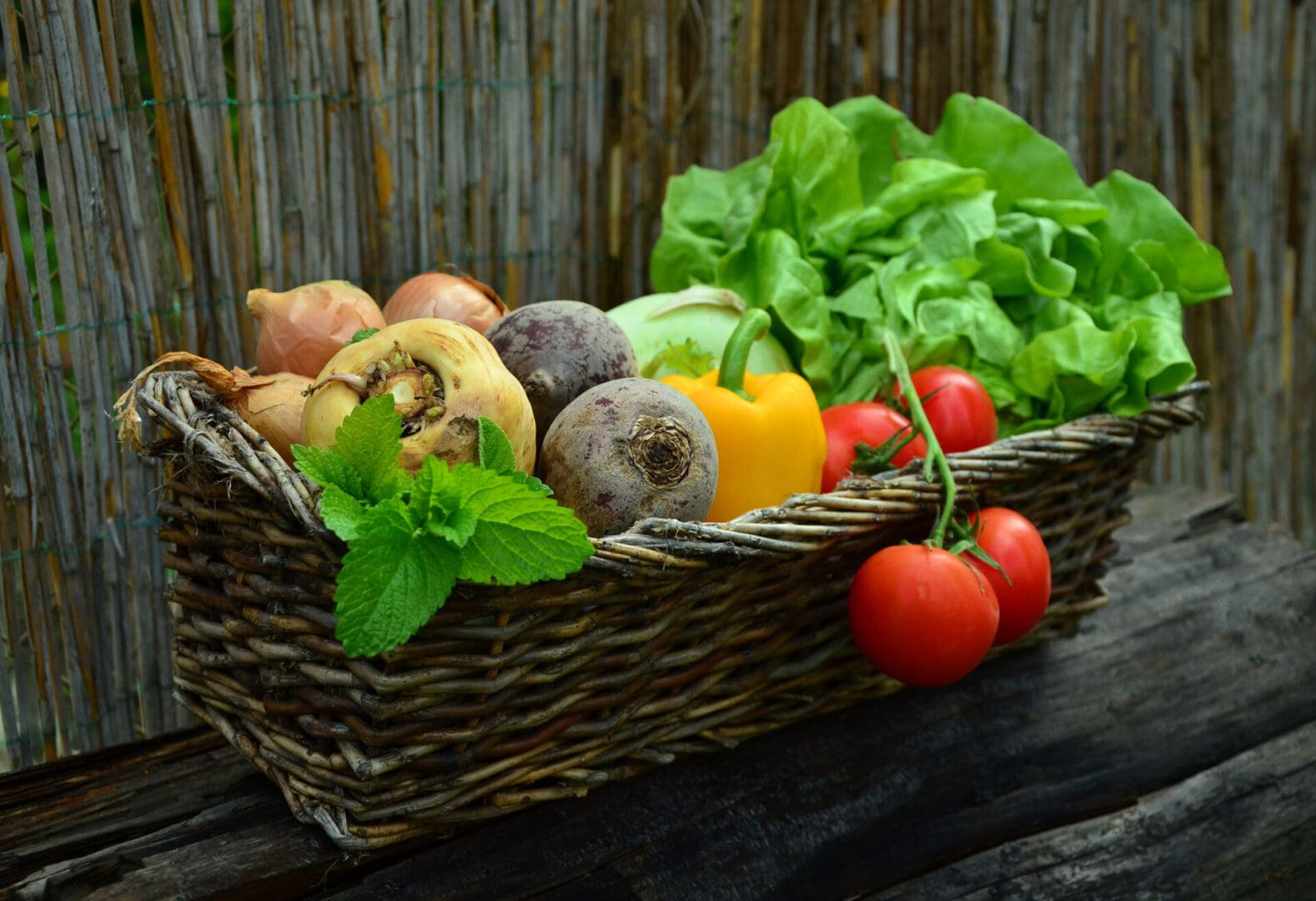Search Posts
Recent Posts
- Writer Herb Weiss’ 45 years of Advocacy on Aging now Archived at Rhode Island College Library Special Collection June 23, 2025
- Providence Biopharma, Ocean Biomedical, Notified of Termination of License Agreements with Brown University, RI Hospital June 23, 2025
- Networking Pick of the Week: Early Birds at the East Bay Chamber, Warren, RI June 23, 2025
- Business Monday: Dealing with Black and White Thinking – Mary T. O’Sullivan June 23, 2025
- Rhode Island Weather for June 23, 2025 – Jack Donnelly June 23, 2025
Categories
Subscribe!
Thanks for subscribing! Please check your email for further instructions.

Victory is ours: Victory gardens are blossoming again – Chuck Norris
by Chuck Norris, Creators.com, contributing writer
During World War II, Through our collective will, American industry was transformed almost overnight. The automotive industry changed completely. In 1941, more than 3 million cars were manufactured in the United States. Only 139 more were made during the entire war as a retooled industry was soon seeing B-24 Liberator bombers come off the line every 63 minutes.
As labor and transportation shortages at home made it hard to harvest and move fruits and vegetables to market, citizens answered the call. To help the war effort, nearly 20 million Americans began planting gardens in backyards, window boxes, empty lots, parks, baseball fields, schoolyards and city rooftops. Neighbors pooled their resources, planted different varieties of needed foods and formed cooperatives to get these foods to those who needed them — all in the name of patriotism.
The goal was to produce enough fresh vegetables through the summer for the immediate family and neighbors. Any excess produce was canned and preserved for the winter and early spring until next year’s victory garden produce was ripe. Fruit and vegetables harvested in these home and community plots is estimated to be between 9 million and 10 million tons, nearly equal to all commercial production at the time. This effort is commemorated with a re-created victory garden located on the east lawn of the Smithsonian’s National Museum of American History in Washington, D.C.
Victory gardens were not a new concept in 1941. They existed during World War I. A similar concept emerged during the Great Depression. In these instances, gardens to grow food were started in answer to economic difficulties. Now, in the 21st century, turning to home space and public land to grow victory gardens is being viewed as not just a response to economic difficulties but one of the few sure ways to healthy eating.
Another driver in the revival of victory gardens is the estimation that by 2050, the amount of suitable land available for growing food in this country is expected to shrink considerably. If traditional farming procedures continue as practiced today, approximately 20 percent more land will be needed to grow enough food to feed the population anticipated in 2050. (That equates to about the size of the country of Brazil.) With 70 percent of the world’s population estimated to be living in cities by then, we will need to grow and manage food in a much better way. We might as well begin now.
In fact, a “grow your own” food movement is already underway. City dwellers are planting vegetable, herb and fruit-bearing gardens in the smallest of urban spaces; homeowners are opting to remove or reduce the amount of lawn space in favor of gardens. This upsurge is, in turn, driving innovation in urban farming technologies that allow plants to grow without sunlight in indoor environments close to or within cities. There is growing interest in favoring the use of locally sourced materials and products.
But sealing the deal in this movement is the fact that fruits and vegetables from the backyard are generally fresher and thought to taste better and deliver more nutrients than supermarket produce. Backyard vegetables picked at their peak provide more disease-battling antioxidants than the trucked-in variety, according to Men’s Health.
The Los Angeles-based garden-planting service — Farmscape, the largest urban farming venture in California — recently set out to prove this point. To demonstrate how good backyard garden produce can taste, Farmscape recently ran its own test of its tomatoes. Using an instrument called a refractometer, Farmscape tested the fruit’s Brix score, a measurement system used in commercial fruit juice, winemaking and other industries to compare sugar contents between batches.
The tomatoes grown in Farmscape plots at various homes in the Los Angeles area scored between 5.0 and 9.0 on the Brix scale. Farmers market tomatoes scored a 4.3 on average, while local grocery tomatoes scored 4.0. According to Farmscape, none of the purchased tomatoes scored above 5.0.
Farmscape’s harvest is what are known as “heirloom tomatoes,” meaning any of the many thousands of different types of tomatoes that are old-fashioned, true to type, non-hybrid and open pollinated. Heirlooms are a favored option by knowledgeable consumers precisely because they haven’t been standardized and aren’t part of the $5 billion annual hybrid tomato market, says Barry Estabrook, author of the book “Tomatoland.”
According to Estabrook, while modern commercial plant breeding has tripled yields, it produces fruits with a fraction of the calcium, vitamin A and vitamin C (and 14 times as much sodium) as the tomatoes produced a decade or so ago. Not so your backyard variety.
Chuck Norris’ column, “C Force,” can be found at creators.com.
COPYRIGHT 2025 CREATORS.COM

YES! This is a powerful thing. Just imagine if everyone grew a garden and or a row designated to donate to the local food pantry, hundreds of thousands of acres of food would become available for those who need it.
There are multiple organization out there working on this campaign/concept. Please add you actions to their efforts? Here’s a starting point:
https://community.gardencomm.org/c/start-a-plant-a-row-campaign
Thank you RI News Today for your attention to this important issue!
Best, Steve Maciel
Founder of the 1 of 52 Hunger Network
http://www.1of52.org